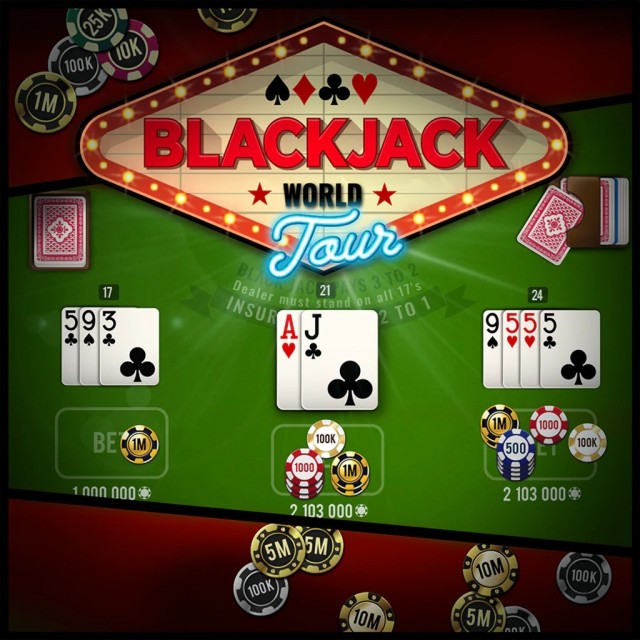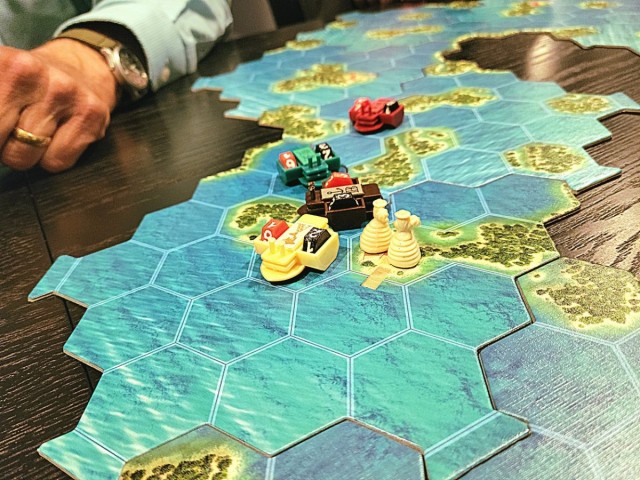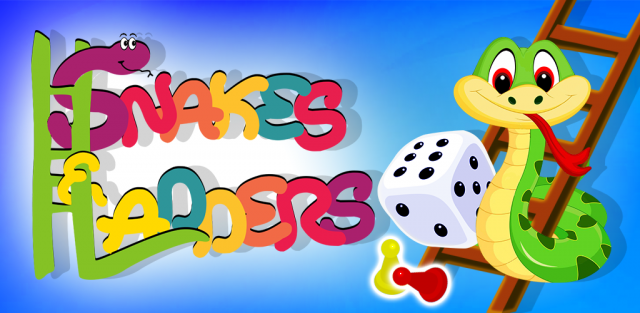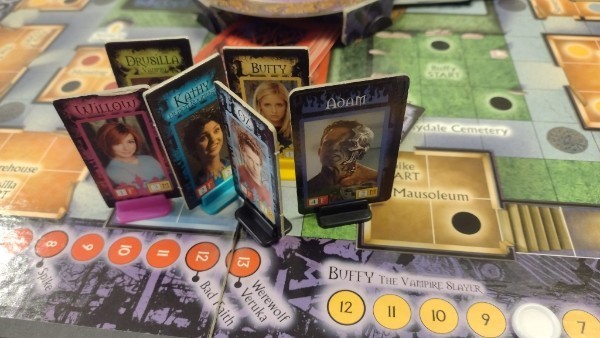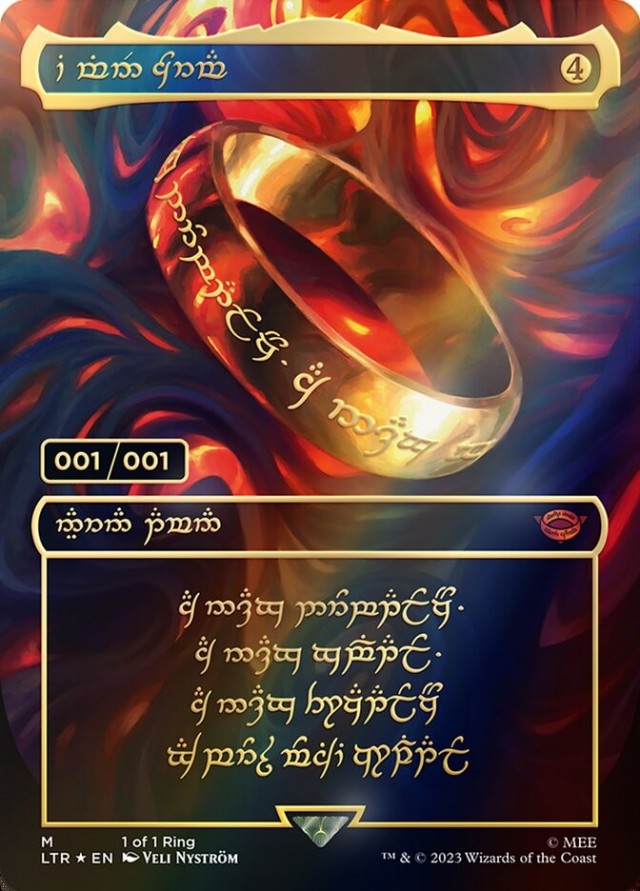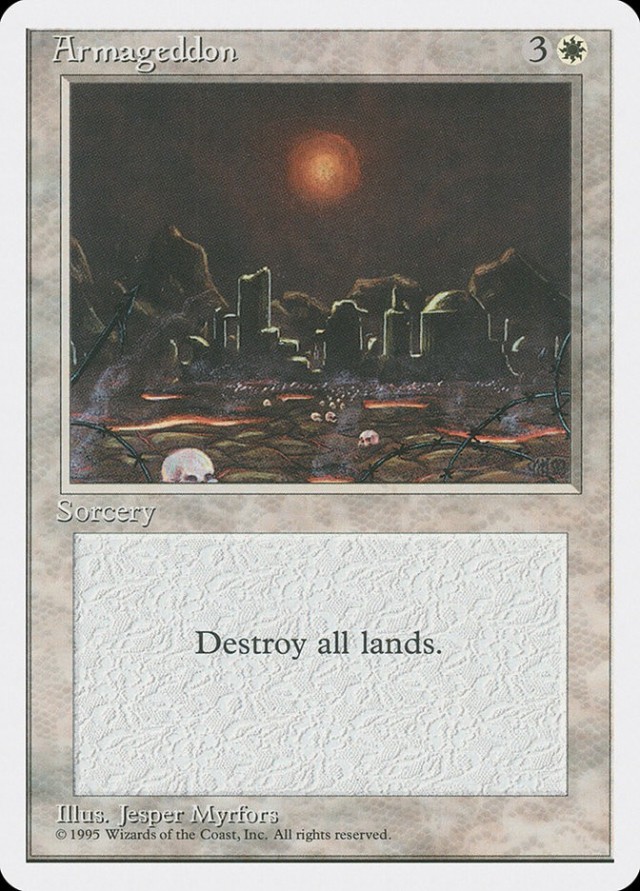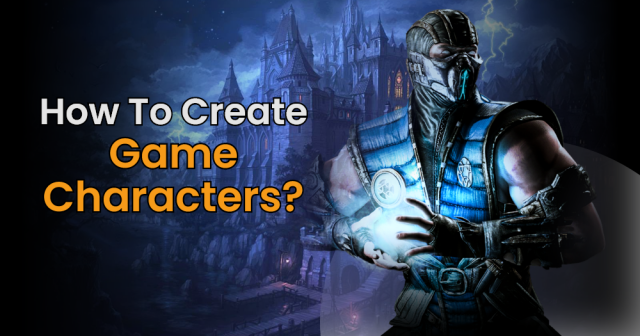.jpg) Since I was a kid, I’ve always been a huge fan of mythological heroes and epic battles, from the Trojan War to Wolverine vs Sabretooth to The Rumble in the Jungle. So, it was after playing Games Workshop’s 3rd edition Space Hulk, that I was introduced to yet another fantastical groups of heroes, a legendary act of treachery and a final battle of epic proportions: The Horus Heresy.
Since I was a kid, I’ve always been a huge fan of mythological heroes and epic battles, from the Trojan War to Wolverine vs Sabretooth to The Rumble in the Jungle. So, it was after playing Games Workshop’s 3rd edition Space Hulk, that I was introduced to yet another fantastical groups of heroes, a legendary act of treachery and a final battle of epic proportions: The Horus Heresy.
In brief, it is the year 31,000 and the godlike Emperor of Mankind and his demi-god-clone sons (or Primarchs) have spread throughout the universe on The Great Crusade. Their goal: to find and reunite the diaspora of humans under the banner of the Imperium.
In time the Emperor decides to return to Terra (Earth) and chooses his favourite son, Horus, to carry on the Crusade in his stead. After becoming gravely injured in a battle, the newly anointed "Warmaster" Horus becomes corrupted by the forces of Chaos. Chaos convinces Horus that his Father has abandoned the crusade in order to become a God back on Terra. Horus, with a handful of fellow Primarchs and the powers Chaos at his side, returns to Terra in order to depose the Emperor and take his place as ruler of the Imperium. It ultimately turns brother against brother.
The game Horus Heresy kicks off at the moment the Warmaster and his forces arrive in Terra’s space. HH is a 2 player card-driven light wargame designed by Jeff Tidball and John Goodenough for Fantasy Flight Games. To win, the Imperial player needs to either: kill Horus, secure all four spaceports or reach the Imperial Victory space on the initiative turn track. The Traitor player wins by either killing the Emperor or securing all four spaceports.
Right off the bat this game looks fucking gorgeous! The playing units are molded plastic on removable stands, which also denote their ranks (from one to four). They represent various units such as Tanks, Demon Hordes, Space Marines and Chaos Space Marines to name a few. Both sides also have Heroes that represent the main leaders in the game. Unfortunately they are not plastic units but thick cardstock cut-outs similar to those used in another FFG title Arkham Horror. I personally would have loved to have seen plastic versions of these God/ Demi-Gods towering over the battlefield, but no big loss there.
The overall artwork and design are highly thematic and yet clean at the same time. I found the rulebook to be well written, with a great glossary section (thank-you) and index pages (thank-you again) and there were plenty of play examples. It’s by no means perfect, there are still a few questions that have come-up but this by no means skews the balance nor renders the game unplayable. As of date no FAQ has been issued.
The game board’s predominant feature is a map the area around the Imperial Palace. The rest of the board contains other elements such as, a Hero health track and Horus’ ship "The Vengeful Spirit" for example but there are two other elements in particular that I will write about in length a little later.
3D plastic buildings are placed through holes in the board and pop-up to represent the various fortifications such as factories and of course the Imperial Palace. Although these look fantastic, they prove to be frustrating when placing units in them. Most of the spaces are small and feature a textured surface. This tends to lead to units either toppling over or in some cases spilling out. During large battles this can be frustrating as you try to precariously balance your units in spaces not designed to hold them This is poor attention to detail and inexcusable, especially from a game company with the stature of Fantasy Flight Games.
Moving on.
The heart of the game lies in the Initiative Track (IT). It’s not only used to determine whose turn it is and serves as a game timer but can be used as a strategic component. A player’s marker that is closest to the "Start" space has the initiative and every action he takes either by using actions or using order cards from his hand requires an x amount of Action Points (APs) to be used. Every AP spent moves a player’s marker one space along the track until he passes his opponent’s marker. At that point a "Change of Initiative" occurs. Any areas where both sides have units in the same space engage in "co-existence battles", unit stacking limits are enforced and any special phases passed on the track are then activated. This is BRILLIANT. Essentially, if you can control the IT, you can limit how much your opponent can do on his turn, that being said the opposite hold true as well.
The Strategic Map (SM) is another awesome feature. It looks like a miniature version of the larger map but it is separated into larger areas known as regions. Players will place cards on a region and when played they will affect only the areas associated with the region. One advantage of playing cards from the SM is that you only pay 1 AP to use it, regardless of the cost listed on the card. Other usages include covering an opponent’s card, burying it (by placing it at the bottom of that deck) or for bluffing (place an order in an area that you have no intention of activating).
Once the initial set-up of units is complete the Traitor player begins his assault on Terra, through a series of card draws using the Bombardment deck. The first series of draws represent the corruption of Imperial Armies and Tank units. If an Imperial Eagle appears at the bottom of the card nothing happens, but if the Chaos Star appears that unit becomes corrupted and belongs to the Traitor. The Traitor removes the grey coloured base and replaces it with one of his black bases to show the change in allegiance.
The next card draw represents the earth-shattering Orbital Bombardment from Horus’ fleet perched above Terra. The Traitor chooses an area and decides what kind of bombardment he’ll use. Depending on what he chooses (Precise or Reckless) damage is assigned to units present and may cause nearby fortifications to become breached. This is a phenomenally exciting and engaging mechanic that instantly throws you into the role of either leader. It not only forces both sides to analyze and adjust their forthcoming strategies but it creates instant re-playability from game to game.
Combat is handled with the use of specialized cards that form the combat deck for each player. Each combat card has all the information needed to attack (0-4 damage), defend (0-3 shields) or counter special effects with (shields again).
I’m a huge fan of another card-driven game called Hannibal: Rome vs Carthage which also uses cards for combat but I can honestly say that HH’s combat system works better for me in that it adds huge dollops of theme (certain units present can trigger special effects) and gives players a chance to react to the battle as it progresses. For example, if the active player (chosen initially by the defender) plays a card with a special effect that can be countered, the non-active player must decide what is more beneficial; sacrificing good cards to counter it or to allow the effect to happen, suffer the penalty and save the shields to reduce battle damage.
The explosive "YAAAYs!" and "OOOOOHs!" of dice-based combat are replaced with stomach-tightening "URRRRGHs!" and "SHIIIIIITs" a kin to games like Magic or Cosmic Encounter. This card system produces a different gaming experience by upping the stakes more dramatically for both players in terms of short-term planning, luck and sacrifice. It’s a very visceral and thrilling experience.
There are tough tactical choices to be made as well. Units will be either attacking, moving or on the rare occasion, both by playing order cards. Units and the area they will or may move to will become "activated" and receive a token to denote that. Units in areas with activation tokens cannot receive further orders until the "Refresh Phase" has been reached on the IT or by card play. Using cards from the SM may allow you to disregard the activation of units. You'll need to plan when and how move and attack as those units could be out of commission for a few turns.
To add more depth and re-playability, HH comes with a Scenario book as well as a deck of Event Cards.
If you haven’t already figured it out (or decided to skip to the end) I love this game. Not only does it scratch my epic-mythological-battle-of-the-Titans itch by providing tonnes of amazing narrative and fantastic strategic choices but it’s also an immensely fun and intense game to play. Oh yeah and there are no fucking victory points (suck it veeps)!
Every portion of the game ties directly into each other, giving a wonderful sense of cohesion to its design. This is a welcome addition to my shelf and table.
Some of my influences:
D'aulaire's Book of Greek Myths (book)
Mythology by Edith Hamilton (book)
The Metabarons by Alejandro Jodorowsky & Juan Gimenez (comic book)
Age of Bronze by Eric Shanower (comic book)
When We Were Kings directed by Leon Gast (documentary)
X-Men #213 (comic book)
River City Ransom, Nintendo Entertainment System (Final Boss battle)(video game)
The Horus Heresy Novels
- Member Blogs
- Clash of the Space Titans - The Horus Heresy Review
Clash of the Space Titans - The Horus Heresy Review
DM
Dr. Mabuse
Updated
748
0
There Will Be Games

Discuss this article
Log in to comment Games
Games How to resolve AdBlock issue?
How to resolve AdBlock issue? 